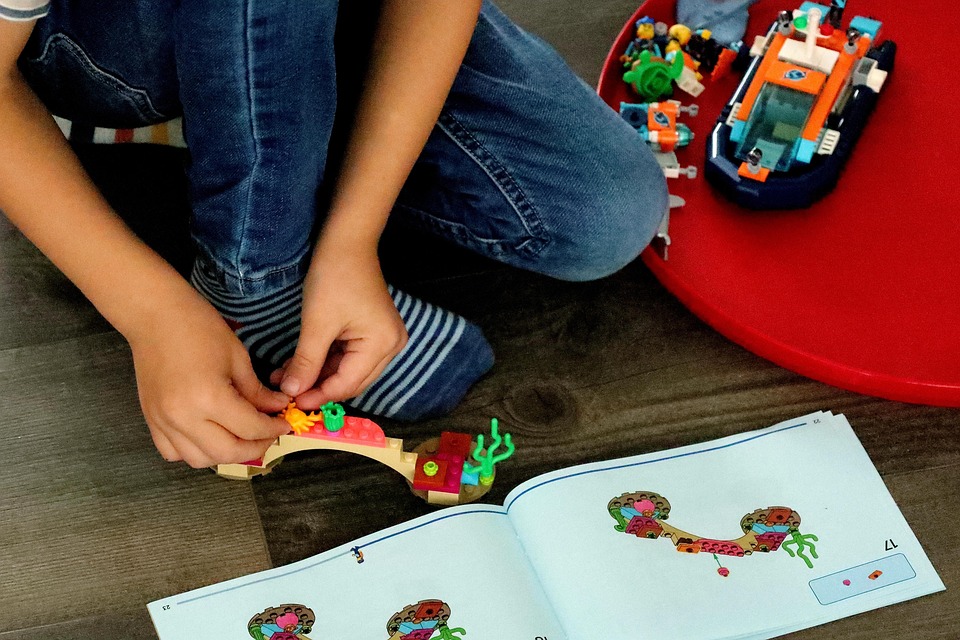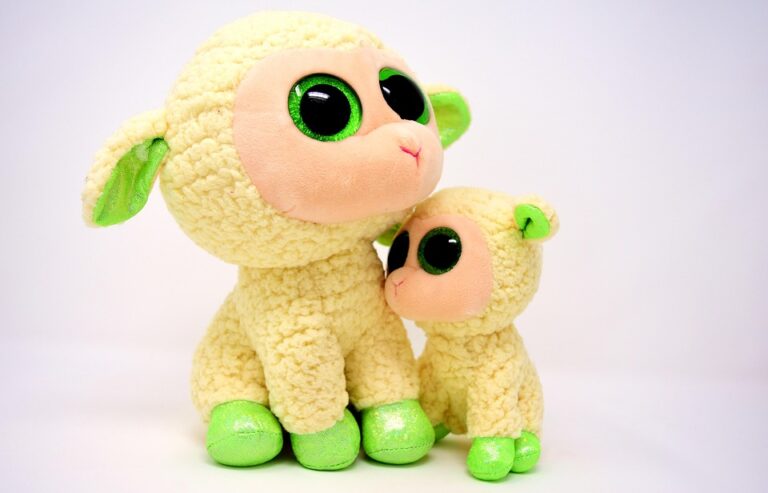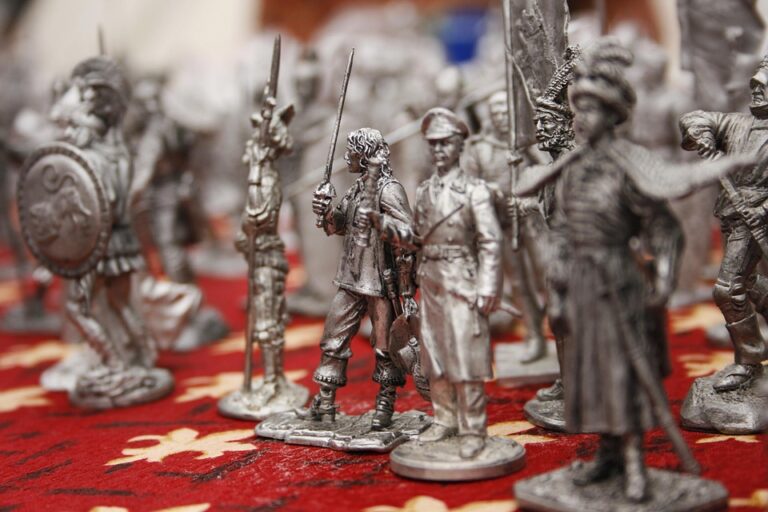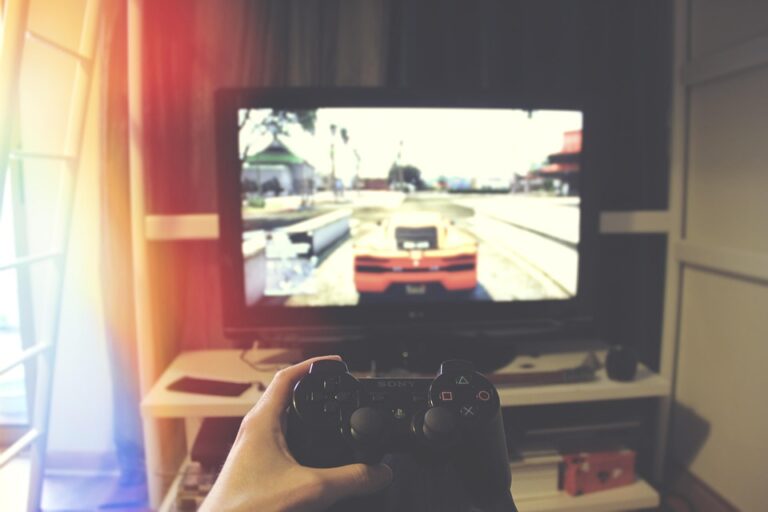
Exploring the Evolution of LEGO Sets: A Comprehensive Guide to Their History and Impact
In an era where digital distractions reign supreme, few artefacts of childhood remain as cherished as LEGO bricks. These simple plastic pieces have evolved from humble beginnings to a global phenomenon that transcends generations. The evolution of LEGO sets is not merely a tale of toys; it is a narrative punctuated with innovation, cultural reflection, and an unwavering commitment to creativity.
A Humble Beginning: The Birth of LEGO
Founded in 1932 in a small Danish workshop, LEGO began as a manufacturer of wooden toys. The company’s name, derived from the Danish phrase "leg godt" meaning "play well," encapsulated its mission from the outset. However, it wasn’t until 1949 that LEGO ventured into the realm of plastic, introducing the first interlocking bricks. These early models bore little resemblance to the iconic pieces we know today, yet they laid the groundwork for an enduring legacy.
By the late 1950s, LEGO had patented the modern stud-and-tube design, a revolutionary innovation that allowed for greater stability and versatility. This pivotal moment marked the beginning of a new era, enabling builders to create intricate structures that could stand the test of time—and gravity.
The Golden Age: Expanding Horizons
The 1970s heralded a golden age for LEGO, characterised not only by the expansion of their product line but also by a burgeoning cultural phenomenon. With the introduction of themed sets, such as LEGO Space and LEGO Castle, children were encouraged to embark on imaginative journeys. The phrase "LEGO is what you make it" became a mantra, as kids began to explore narratives beyond mere construction.
A notable milestone came in 1980 with the launch of the LEGO Minifigure. This tiny figure, with its interchangeable heads and limbs, provided a new dimension to play. It was not just about building; it was about storytelling, sparking a wave of creativity that resonated deeply with fans. As the Minifigure evolved, so too did the stories they could tell, reflecting societal shifts and cultural movements.
The Digital Age: Bridging Tradition and Technology
As we entered the 21st century, the world of LEGO faced unprecedented challenges and opportunities. The rise of video games and digital entertainment posed a threat to traditional play. However, LEGO’s response was nothing short of ingenious. Rather than resisting the tide, the company embraced it. The introduction of LEGO video games and the LEGO Mindstorms robotics sets exemplified this shift, blending the tactile experience of building with the digital age’s allure.
In 2014, LEGO launched "LEGO Ideas," a platform that allowed fans to submit their designs for consideration. This initiative not only democratized the creation process but also highlighted the brand’s commitment to community engagement. Fans could see their dreams materialise, a testament to the power of collaboration in the modern era.
Cultural Impact: Beyond the Bricks
LEGO’s influence extends far beyond the confines of childhood play. It has infiltrated popular culture, inspiring films, television series, and even art installations. The 2014 film, "The LEGO Movie," encapsulated the brand’s ethos, celebrating creativity and the limitless possibilities of imagination. Critics praised it not merely as a children’s film but as a cultural phenomenon that resonated with audiences of all ages.
Furthermore, LEGO has made strides in promoting diversity and inclusion. Recent sets have begun to reflect a wider array of cultures and stories, challenging traditional narratives and encouraging a more global perspective. This shift is vital in an increasingly interconnected world, aligning with LEGO’s vision of fostering creativity in every child, regardless of background.
Looking Ahead: The Future of LEGO
As we gaze into the future, one cannot help but ponder: what lies ahead for LEGO? With advancements in technology, including augmented reality and artificial intelligence, the potential for innovation is limitless. Will we see sets that come to life through digital interfaces, or perhaps entire worlds waiting to be explored?
Moreover, the emphasis on sustainability is becoming ever more paramount. LEGO has committed to producing bricks from sustainable materials by 2030. This not only speaks to the changing values of consumers but also reflects a growing awareness of our environmental responsibilities. The question remains: can a toy brand truly lead the charge in a more sustainable future?
In a world that is constantly evolving, LEGO stands as a testament to the enduring power of creativity and play. Its journey from a small Danish workshop to a global powerhouse is a remarkable story of resilience and innovation.
As we navigate this ever-changing landscape, BargainsTrust continues to bring you a curated selection of exciting products. Whether you’re revisiting the nostalgia of LEGO or seeking the latest trends, we ensure you stay ahead in the world of delightful discoveries.







